Deep in the Andes Mountains of Peru lies a site so enigmatic that archaeologists are still unraveling its secrets three millennia later. Chavín de Huantar stands as one of South America’s most puzzling ancient civilizations, predating the famous Incas by over 1,500 years. What makes this place truly extraordinary isn’t just its age or impressive stone architecture – it’s the deliberate acoustic engineering that transformed underground chambers into supernatural sound machines.
Between 900 and 200 BCE, the Chavín people created something unprecedented in the ancient world. They carved intricate networks of tunnels beneath their ceremonial center, designing them with such precision that they could manipulate sound in ways that modern engineers still find remarkable. These weren’t accidental acoustic properties – they were intentional features that transformed religious ceremonies into otherworldly experiences.
The Forgotten Civilization That Mastered Sound

The Chavín culture emerged during Peru’s Early Horizon period, becoming the first major civilization to unify large portions of ancient Peru. Unlike later empires that conquered through military might, the Chavín people spread their influence through religious ideology and technological innovation. Their capital at Chavín de Huantar became a pilgrimage destination that drew people from across the continent.
What sets the Chavín apart from their contemporaries isn’t just their artistic sophistication or architectural prowess. They possessed an understanding of acoustics that rivals modern concert hall designers. The site’s underground galleries were carved with specific angles, dimensions, and surface textures that created unique sound effects.
These ancient sound engineers understood principles that wouldn’t be formally documented by Western science until centuries later. They knew how to create echoes, amplify whispers, and generate haunting reverberations that seemed to come from the very walls themselves.
Architecture That Speaks to the Soul

Chavín de Huantar’s surface structures are impressive enough – massive stone platforms, intricate carvings, and ceremonial plazas that could accommodate thousands of pilgrims. But the real marvel lies beneath the ground, where the Chavín people carved over three kilometers of underground passages through solid rock. These galleries form a complex three-dimensional maze that extends deep into the earth.
The stonework demonstrates engineering skills that challenge our assumptions about ancient capabilities. Massive granite blocks, some weighing several tons, were fitted together with millimeter precision without any mortar. The underground chambers maintained consistent temperatures year-round and remained structurally sound through countless earthquakes.
Most remarkable of all, every tunnel, chamber, and corridor was designed with acoustic properties in mind. The builders understood how sound waves behave in enclosed spaces and used this knowledge to create specific auditory experiences in different areas of the complex.
The Lanzón Gallery: Where Stone Gods Whisper
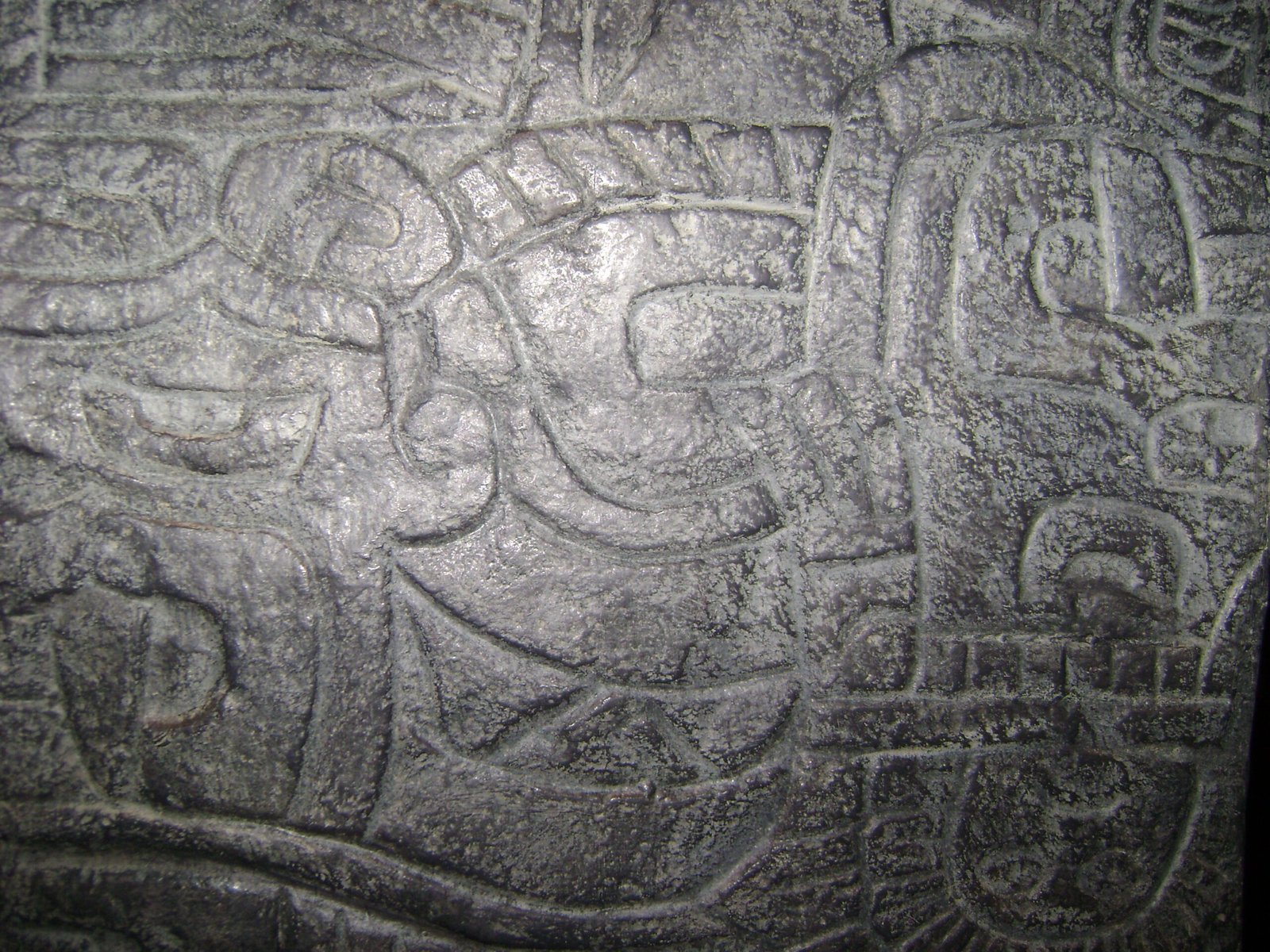
At the heart of Chavín de Huantar stands the Lanzón Gallery, home to one of the most mysterious artifacts in South American archaeology. The Lanzón is a 15-foot-tall granite monolith carved into the shape of a supernatural being with fanged teeth, clawed hands, and serpentine hair. This imposing figure sits at the intersection of two major underground passages, positioned precisely where the site’s acoustic effects are most pronounced.
When archaeologists first tested the gallery’s sound properties, they discovered something extraordinary. Voices spoken near the Lanzón don’t just echo – they transform. Normal human speech becomes distorted into growling, otherworldly sounds that seem to emanate from the carved figure itself. The effect is so convincing that visitors often look around for hidden speakers.
The acoustic design suggests that ancient priests used the Lanzón as an oracle, speaking from hidden positions while their voices appeared to come directly from the stone god. This sophisticated sound manipulation would have been terrifying and awe-inspiring to ancient pilgrims, reinforcing the Chavín priests’ claims of divine communication.
Underground Water Channels: Nature’s Sound System

The Chavín engineers didn’t rely solely on carved stone to create their acoustic effects. They incorporated flowing water as a crucial element of their sound design, channeling streams through the underground complex in ways that enhanced the site’s mysterious atmosphere. These water channels weren’t just functional – they were integral components of an elaborate audio-visual experience.
The sound of flowing water in the tunnels creates a constant background drone that masks outside noise and focuses attention on ritual activities. In some chambers, the water’s acoustic signature combines with the stone architecture to produce low-frequency sounds that can be felt as much as heard. These infrasonic vibrations affect human psychology, creating feelings of unease or awe without conscious awareness of their source.
Recent archaeological investigations have revealed that the water channels were precisely engineered to produce specific frequencies. The Chavín builders understood that certain sound frequencies could induce altered states of consciousness, and they deliberately incorporated these elements into their ceremonial spaces.
The Circular Plaza: Where Sound Meets Sacred Space

Above ground, the Circular Plaza represents another masterpiece of Chavín acoustic engineering. This sunken amphitheater could accommodate hundreds of participants in religious ceremonies, and its design ensures that sounds from the center reach every person with equal clarity. The plaza’s stepped walls and precisely calculated proportions create natural amplification without any electronic assistance.
What makes the plaza truly remarkable is its connection to the underground tunnel system. Priests could speak from hidden chambers beneath the plaza floor, their voices emerging through strategically placed openings to create the illusion of gods speaking from the earth itself. The psychological impact on participants must have been overwhelming.
The plaza’s acoustic properties extend beyond simple amplification. Different areas produce distinct sound effects – whispers in one corner become clearly audible across the entire space, while other spots create dead zones where normal conversation disappears entirely. These varied acoustic environments allowed ceremony leaders to control exactly what participants heard and when they heard it.
Shell Trumpets and Sacred Music

Archaeological excavations at Chavín de Huantar have uncovered numerous Strombus shell trumpets, providing direct evidence of the site’s musical traditions. These conch shell instruments, some decorated with intricate carvings, were central to Chavín religious ceremonies. When played within the underground galleries, their deep, haunting tones are transformed by the acoustic architecture into sounds that seem supernatural.
Modern experiments with replica trumpets have revealed the sophisticated musical knowledge of Chavín musicians. They understood how different chambers would affect their instruments’ sound and composed music specifically for particular spaces within the complex. Some chambers enhance low frequencies, creating deep, rumbling tones that resonate through the earth, while others emphasize higher pitches that seem to float in the air above listeners’ heads.
The shell trumpets weren’t just musical instruments – they were technological devices that worked in harmony with the site’s architecture to create immersive spiritual experiences. When multiple trumpets played simultaneously from different chambers, the resulting sound seemed to come from everywhere and nowhere, enveloping listeners in waves of sacred music.
Stone Heads That Watch and Listen

Protruding from the walls of Chavín de Huantar are dozens of carved stone heads, each depicting different supernatural beings with bulging eyes, fanged teeth, and elaborate headdresses. These tenon heads weren’t merely decorative – they served as acoustic monitors that helped priests control sound throughout the complex. Each head was positioned at specific points where sound waves converged or reflected, creating a network of audio checkpoints.
The heads’ protruding design serves a practical acoustic function, breaking up sound waves and preventing unwanted echoes that might interfere with ceremonial activities. Their varied expressions and styles suggest they represented different aspects of Chavín religious beliefs, with each head potentially associated with specific types of sounds or musical elements.
Some researchers believe the tenon heads contained hollow chambers that could amplify or modify sounds passing near them. While this theory remains unproven, the heads’ strategic placement at acoustically significant points throughout the site suggests they played an active role in the complex’s sound system rather than serving as passive decoration.
The Gallery of Offerings: Echoes of Ancient Rituals

One of Chavín de Huantar’s most intriguing spaces is the Gallery of Offerings, where archaeologists have discovered thousands of ritual objects deposited over centuries of use. This underground chamber demonstrates unique acoustic properties that suggest it served as a space for private communion between priests and deities. Unlike the public areas designed for crowds, this gallery creates intimate sound environments perfect for personal spiritual experiences.
The chamber’s dimensions create what acousticians call a “whispering gallery” effect, where quiet sounds travel along curved walls with unusual clarity. Priests conducting private rituals could speak in normal voices and have their words seem to multiply and surround them, creating the impression of supernatural presence. The psychological impact of hearing one’s own voice transformed and reflected back would have been profound.
Recent analysis of the offerings themselves reveals they were often sound-producing objects – shells, ceramic rattles, and metal ornaments that would create distinct noises when moved or struck. The combination of these portable sound makers with the chamber’s natural acoustic properties suggests that Chavín rituals involved complex soundscapes that engaged multiple senses simultaneously.
Engineering Secrets Lost to Time

The construction techniques used at Chavín de Huantar represent a level of engineering sophistication that wasn’t matched in the Andes for over a thousand years. The builders possessed detailed knowledge of stone cutting, structural engineering, and acoustic principles that seems almost impossibly advanced for their time period. They quarried and shaped massive granite blocks with precision that rivals modern machinery, then transported them across difficult mountain terrain without wheels or draft animals.
The underground galleries required even more sophisticated techniques, as the builders had to excavate through solid rock while maintaining precise acoustic specifications. They understood how to prevent cave-ins, manage water drainage, and create stable air circulation systems that kept the tunnels habitable. The fact that these chambers remain structurally sound after nearly three thousand years testifies to their engineering excellence.
Perhaps most remarkably, the Chavín builders achieved all this without leaving behind any written records of their techniques. Their knowledge was passed down through apprenticeships and practical training, making their accomplishments even more impressive. When the Chavín culture eventually declined, much of their technical expertise died with them.
Modern Technology Reveals Ancient Secrets

Twenty-first-century archaeological techniques are finally beginning to unlock the full extent of Chavín de Huantar’s acoustic sophistication. Ground-penetrating radar has revealed additional underground chambers that haven’t been excavated, suggesting the site’s acoustic network may be even more extensive than previously thought. Computer modeling of sound wave behavior within the known tunnels has confirmed that the acoustic effects were deliberately engineered rather than accidental byproducts of construction.
Stanford University researchers have used advanced audio recording equipment to map exactly how sounds behave throughout the complex. Their findings demonstrate that different chambers were designed for specific types of acoustic experiences – some amplify human voices, others enhance musical instruments, and still others create disorienting echo effects that would have seemed magical to ancient visitors.
3D laser scanning has revealed construction details invisible to the naked eye, showing how the builders incorporated tiny variations in wall angles and surface textures to fine-tune acoustic properties. These microscopic adjustments required an understanding of sound physics that wasn’t formally described by Western science until the twentieth century.
The Role of Hallucinogens in Sacred Sound
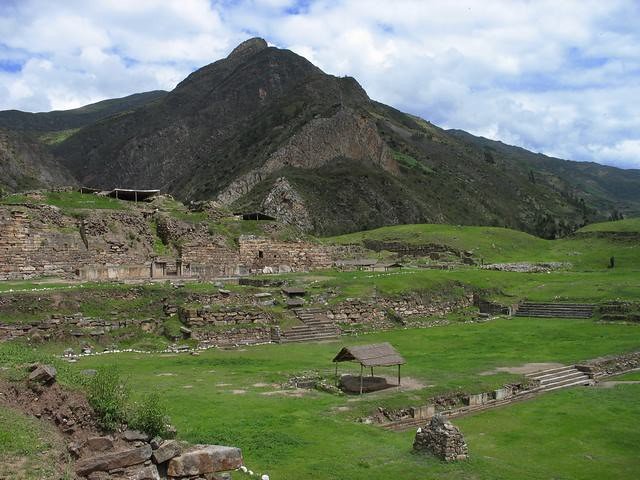
Recent archaeological and anthropological research suggests that Chavín religious ceremonies involved the use of psychoactive substances, particularly San Pedro cactus, which contains mescaline. The combination of hallucinogenic drugs with the site’s sophisticated acoustic effects would have created overwhelmingly powerful spiritual experiences that participants would remember for the rest of their lives.
The acoustic properties of Chavín de Huantar seem specifically designed to enhance altered states of consciousness. The low-frequency sounds that permeate the underground chambers can induce feelings of euphoria or religious ecstasy even without drugs, while the disorienting echo effects would amplify the perceptual distortions caused by hallucinogens.
This combination of chemistry and acoustics represents one of humanity’s earliest examples of scientifically enhanced religious experience. The Chavín priests understood how to use both natural and architectural elements to create transcendent spiritual states that convinced participants of direct communication with supernatural forces.
Comparing Chavín Acoustics to Other Ancient Sites
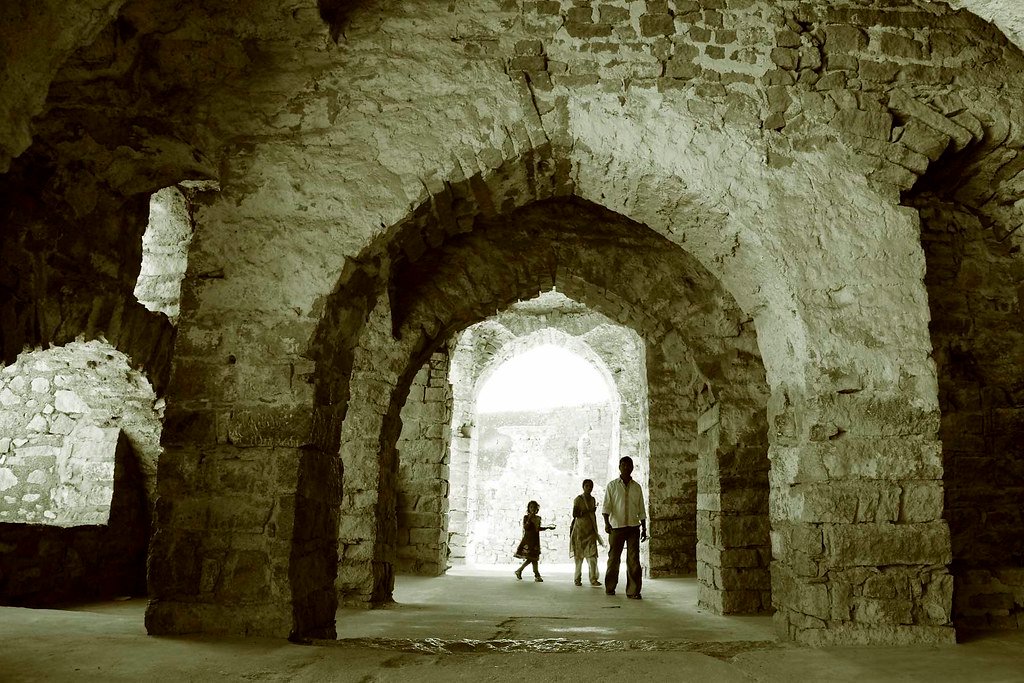
While many ancient civilizations incorporated acoustic elements into their religious architecture, few achieved the sophistication found at Chavín de Huantar. The prehistoric chambers at Newgrange in Ireland create simple echo effects, and Maya ball courts demonstrate basic understanding of sound reflection, but neither approaches the complex acoustic engineering of the Chavín site.
Perhaps the closest parallel exists at certain Oracle sites in ancient Greece, where natural cave formations were modified to enhance the mysterious voices of prophecy. However, these sites relied primarily on existing geological features rather than the entirely artificial acoustic environments created by Chavín builders.
The deliberate integration of water sounds, architectural acoustics, and musical instruments at Chavín de Huantar represents a level of audio-engineering that wasn’t matched anywhere in the ancient world. The site stands as unique evidence of prehistoric people’s sophisticated understanding of how sound affects human consciousness and behavior.
Conservation Challenges in the Modern Era

Preserving Chavín de Huantar for future generations presents enormous challenges that extend beyond typical archaeological conservation. The site’s acoustic properties are as fragile as its stone architecture, and any changes to the underground chambers could permanently alter their sound characteristics. Even minor structural modifications to improve tourist access risk destroying acoustic effects that took centuries to perfect.
Climate change poses particular threats to the site’s integrity. Increased rainfall and temperature fluctuations affect the underground water channels that contribute to the site’s acoustic properties. Changes in water flow patterns could alter the background sound environment that has remained constant for thousands of years.
Modern development pressures also threaten the site’s acoustic environment. Road construction, mining activities, and urban expansion in the surrounding valley introduce noise pollution that interferes with the subtle sound effects within the ancient chambers. Protecting Chavín de Huantar requires managing not just the archaeological site itself, but the entire acoustic landscape of the surrounding region.
Lessons for Contemporary Architecture
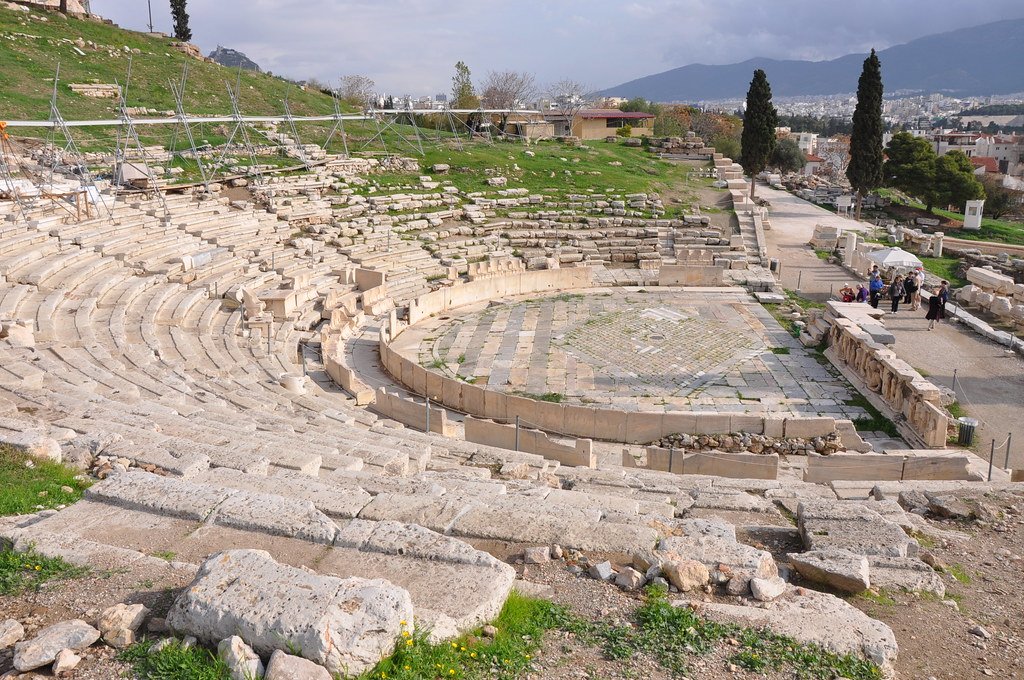
The acoustic achievements at Chavín de Huantar offer valuable insights for modern architects and acoustic engineers. The site demonstrates how carefully designed spaces can enhance human experiences through sound manipulation, principles that remain relevant for contemporary concert halls, theaters, and religious buildings. The integration of natural elements like flowing water with architectural acoustics provides models for sustainable sound design.
Perhaps most importantly, Chavín de Huantar shows how acoustic environments can create powerful emotional and psychological effects that enhance the intended function of a space. Modern buildings often treat acoustics as an afterthought, but the Chavín example demonstrates that sound should be considered as fundamental to architectural design as lighting or ventilation.
The site’s longevity also offers lessons about building for permanence. Unlike modern acoustic systems that require electronic amplification and regular maintenance, Chavín’s stone-and-water sound system has operated continuously for nearly three thousand years without any external power source or technical intervention.
The Mystery of Abandoned Knowledge
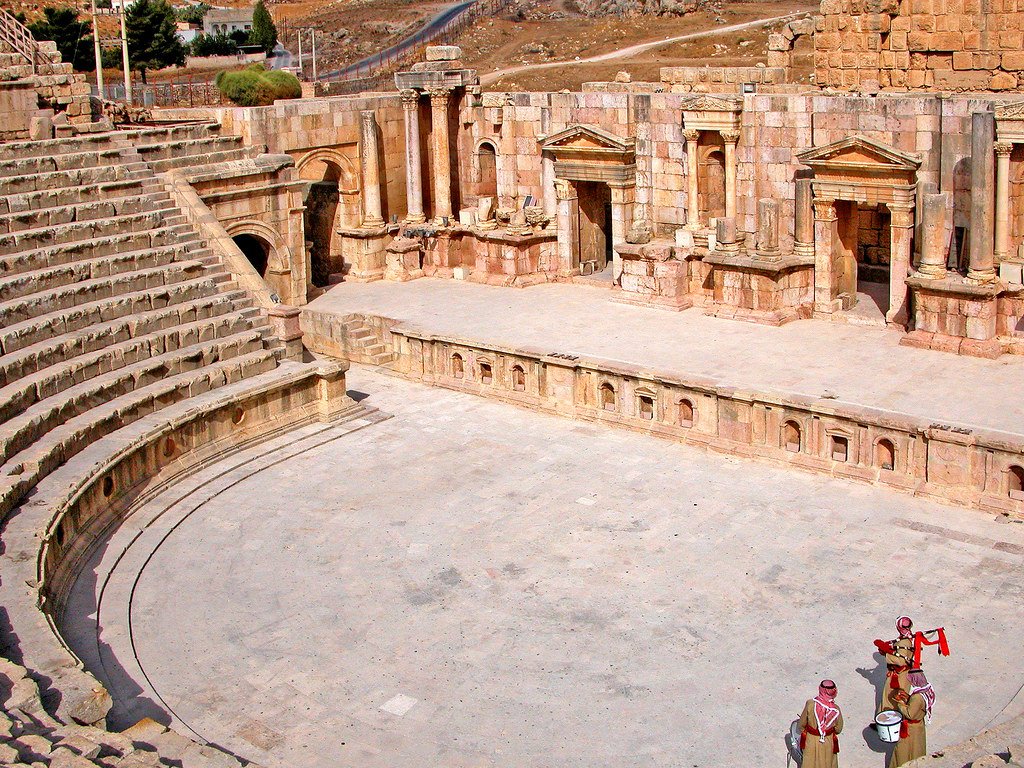
One of the most puzzling aspects of Chavín de Huantar is why such sophisticated acoustic knowledge disappeared from Andean civilization. Later cultures, including the Incas, built impressive architecture but never matched the acoustic sophistication of their Chavín predecessors. The technical knowledge that created the site’s sound effects seems to have died with the culture that developed it.
This loss represents one of history’s great technological mysteries. The Chavín people possessed practical understanding of acoustic principles that Western science didn’t formally recognize until the modern era, yet this knowledge vanished without leaving any written records or obvious successors. The reasons for this technological regression remain unexplained.
Some researchers suggest that the acoustic knowledge was so closely guarded by Chavín priests that it couldn’t survive the culture’s political collapse. Others propose that the techniques were considered too sacred to share with outsiders, leading to their eventual extinction when the priestly class disappeared.
Ongoing Archaeological Discoveries
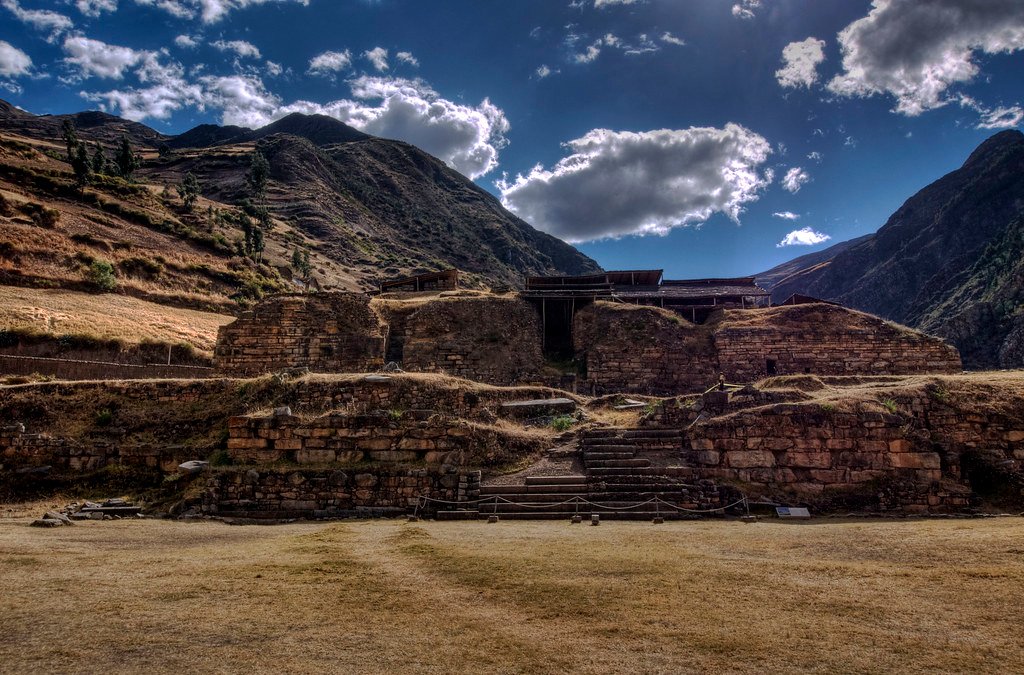
Excavations at Chavín de Huantar continue to reveal new aspects of the site’s acoustic sophistication. Recent discoveries include previously unknown chambers with unique sound properties, additional shell trumpets that provide evidence of the site’s musical traditions, and carved stones that may have served as acoustic focusing elements.
New technologies are revealing details about the site that were invisible to earlier generations of archaeologists. Ground-penetrating radar has identified sealed chambers that may contain intact acoustic instruments or other sound-related artifacts. High-resolution 3D scanning is documenting microscopic details of stone carving that contribute to the site’s acoustic properties.
Each new discovery adds to our understanding of how the Chavín people achieved their remarkable acoustic effects, but also raises new questions about the full extent of their technological capabilities. The site continues to surprise researchers with evidence of engineering knowledge that challenges assumptions about prehistoric technological limitations.
The Sound of Ancient Peru

Chavín de Huantar stands as testament to humanity’s ancient fascination with sound and its power to transform consciousness. The site represents more than just impressive engineering – it embodies a worldview that recognized sound as a fundamental force connecting the physical and spiritual realms. The acoustic chambers created by Chavín builders continue to function exactly as intended nearly three millennia after their construction, producing the same haunting effects that once convinced ancient pilgrims they were hearing the voices of gods.
The sophisticated understanding of acoustics demonstrated at this remote Andean site challenges our assumptions about prehistoric technological capabilities and reminds us that ancient peoples possessed knowledge that in some cases exceeded our own. The mysterious echo chambers of Chavín de Huantar preserve not just stone and mortar, but the ambitious dreams of people who sought to build bridges between human and divine through the transformative power of sound.
What other acoustic secrets might be waiting discovery in Peru’s mountains, and what would those ancient sound engineers think of our modern attempts to recreate their lost knowledge?




